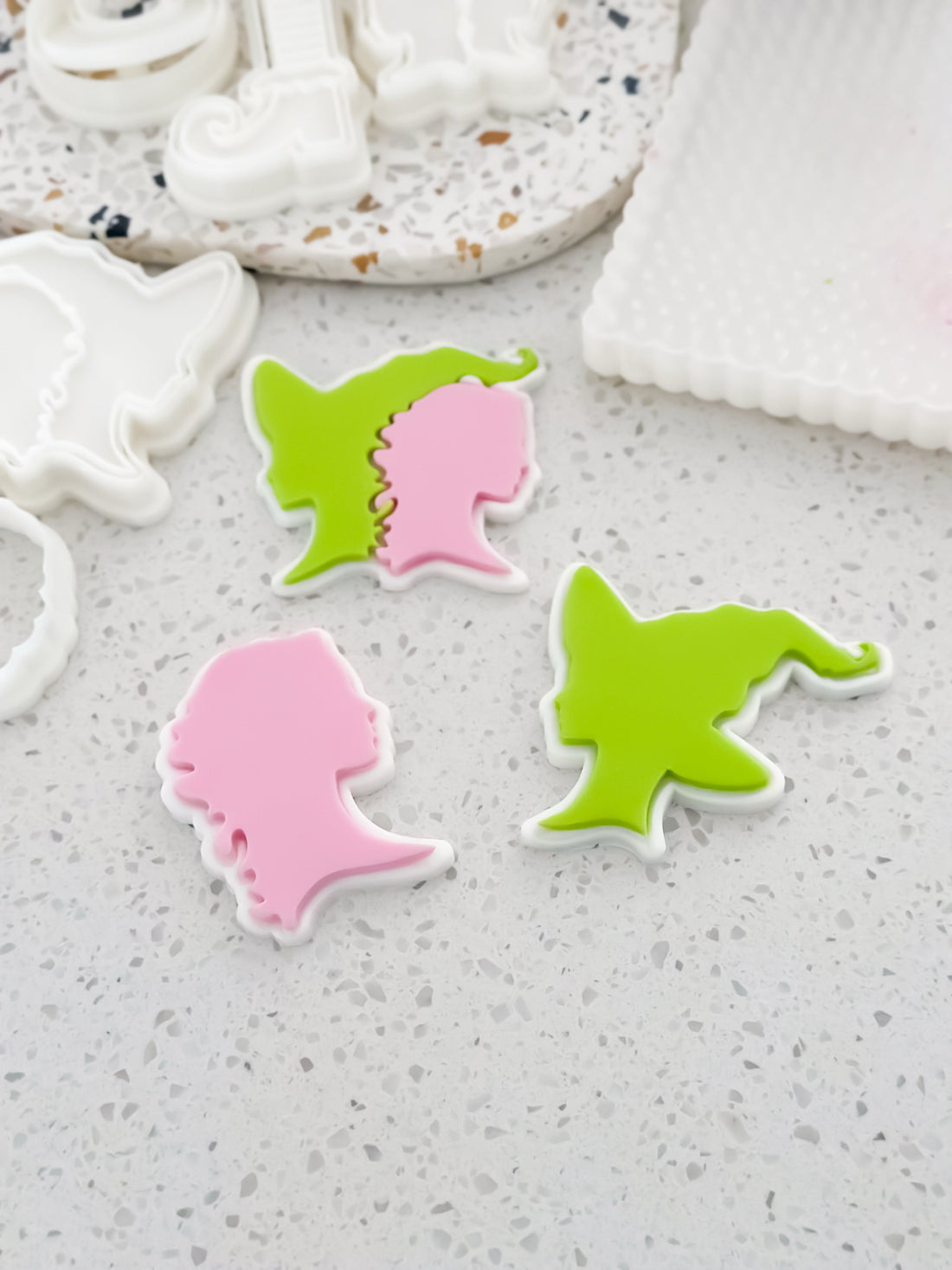
Common Fondant Mistakes & How to Fix Them – Troubleshooting Guide
Share
Common Fondant Mistakes & How to Fix Them – Troubleshooting Guide
Fondant is a versatile and beautiful decorating medium, but it can be tricky to work with! If you've ever struggled with cracking, dryness, stickiness, or elephant skin, you’re not alone. These common fondant issues can make decorating frustrating, but the good news is—they’re all fixable!
In this guide, we’ll identify common fondant problems and provide expert tips to prevent and fix them, so your cookies, cakes, and pastries always look professional.
1. Dry, Cracking Fondant
Why It Happens:
✔ Too much cornflour/cornstarch or powdered sugar while rolling. ✔ Exposure to air for too long before applying. ✔ Over-kneading, causing excess dryness. ✔ Using an older batch of fondant that has lost elasticity.
How to Fix It:
✔ Knead a small amount of vegetable shortening (Crisco) into the fondant to restore moisture. ✔ If fondant is too stiff, microwave for 5 seconds (repeat if needed) to soften. ✔ Use a damp brush to smooth out small cracks after applying. ✔ Work quickly—keep fondant covered in plastic wrap when not in use.
💡 Pro Tip: Always test your fondant by stretching a small piece—if it tears easily, it’s too dry and needs extra conditioning with shortening.
2. Elephant Skin (Wrinkled or Rough Texture)
Why It Happens:
✔ Fondant dried out too quickly while rolling. ✔ Too much cornflour or powdered sugar on the surface. ✔ Over-kneading or excessive stretching when applying. ✔ Rolling fondant too thin, making it dry too fast.
How to Fix It:
✔ Lightly massage shortening into the rough areas to smooth them out. ✔ Let fondant rest for 10 minutes after kneading to relax the texture. ✔ If rolling fondant, use a silicone mat instead of too much cornflour to prevent drying. ✔ Use a fondant smoother to buff out small wrinkles after applying.
💡 Pro Tip: If you notice elephant skin after covering a cake or cookie, rub a little edible glaze spray or light mist of water over the surface for a smoother look.
3. Sticky or Too Soft Fondant
Why It Happens:
✔ High humidity or warm kitchen temperature. ✔ Over-kneading, making fondant too soft. ✔ Too much liquid food coloring added at once. ✔ Using fresh fondant that hasn’t set up properly.
How to Fix It:
✔ Dust your hands and work surface lightly with cornflour or icing sugar. ✔ Let the fondant rest for 10–15 minutes before using. ✔ If humidity is an issue, work in an air-conditioned space or use a dehumidifier. ✔ For over-colored fondant, mix in a small amount of pre-colored fondant to balance texture.
💡 Pro Tip: Avoid using too much gel coloring at once—mix small amounts gradually to prevent excess stickiness.
4. Fondant Won’t Stick to Cake or Cookies
Why It Happens:
✔ The base (cake or cookie) is too dry. ✔ Fondant has been left out too long and lost flexibility. ✔ Not enough adhesive (water, edible glue, or piping gel) was used.
How to Fix It:
✔ Brush a thin layer of edible glue, water, or piping gel onto the surface before applying fondant. ✔ If fondant has stiffened, microwave for 3–5 seconds to restore pliability. ✔ If placing on a cookie, apply a thin layer of buttercream or corn syrup for better adhesion.
💡 Pro Tip: Avoid over-wetting the base—too much water can dissolve fondant!
5. Air Bubbles in Fondant
Why It Happens:
✔ Trapped air from kneading too quickly. ✔ Applying fondant too fast without smoothing out pockets. ✔ Humidity causing expansion after applying.
How to Fix It:
✔ Use a clean pin or needle to gently poke the bubble and smooth it out. ✔ Work in a cool, dry environment to avoid air expansion from heat. ✔ Roll fondant out slowly, smoothing air pockets as you go.
💡 Pro Tip: Keep a fine needle tool on hand—it’s a quick fix for air pockets after application!
6. Fondant Tears or Breaks Easily
Why It Happens:
✔ Rolling the fondant too thin. ✔ Dry fondant lacking elasticity. ✔ Stretching too much when applying. ✔ Using too much powdered sugar while rolling.
How to Fix It:
✔ Knead in a few drops of glycerin to restore flexibility. ✔ Roll fondant slightly thicker for more strength. ✔ Let fondant rest for 5 minutes after rolling before applying. ✔ If a tear appears, patch it with a small fondant piece and blend with a damp brush.
💡 Pro Tip: Always roll fondant to 3–4mm thickness for strength—too thin = more breakage.
Final Thoughts
Working with fondant can be challenging, but with the right techniques, you can achieve a smooth, flawless finish every time! By understanding the causes of common fondant problems and knowing how to fix them, your cakes, cookies, and decorations will always look polished and professional.
💬 Got a fondant problem that’s not on this list? Drop a comment and we’ll help troubleshoot!
Looking for high-quality fondant or decorating tools? Shop our collection here!
